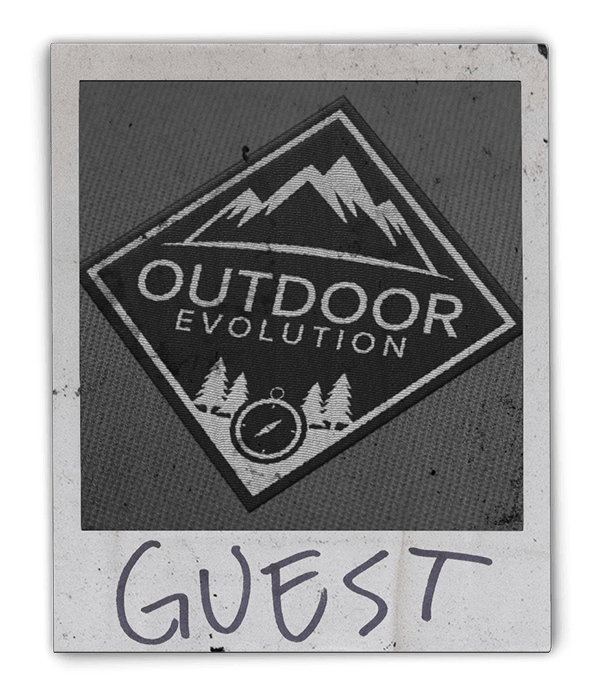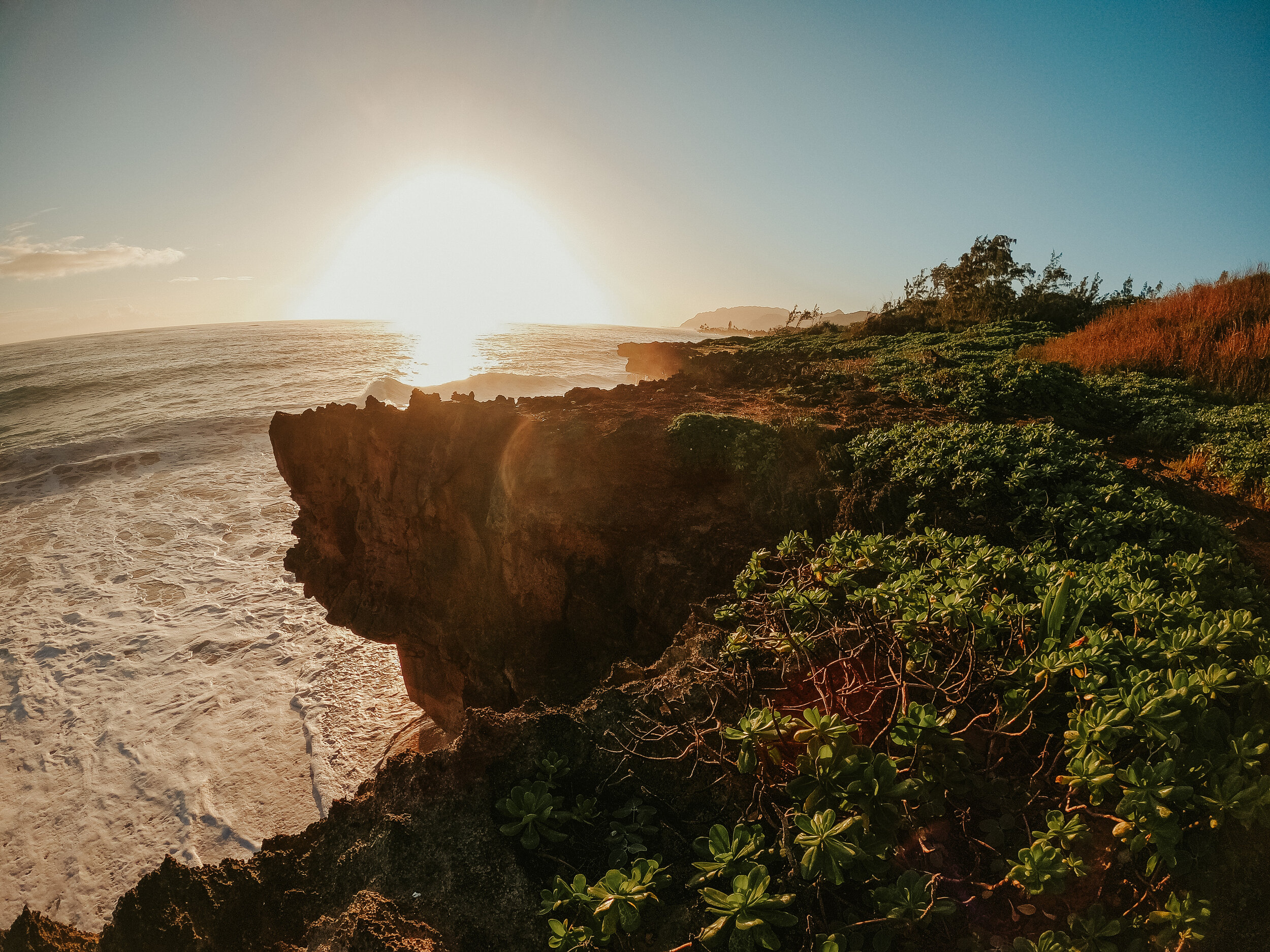Find A Way: Making An Impact Without Expertise

The 'hiking world,' as the internet generation can see from the outside looking in, is an ecosystem populated by a few crazy people with publicly-procured aliases that serve as the embodiment of who that person becomes when bathed in the open breeze and blanketed by the forest. How do you penetrate that world without having experienced the same things? How do you join the growing ranks of people fleeing the world of the mass-produced, single-use environment to find a piece of the planet that isn't screaming for your attention at every second in search of a place or a way of life--however brief--that it is just you and the sky and the trees? Furthermore, how can you make a positive impact and create something new that could open these possibilities to other people, allowing them to see the world the way you do. The way those trail-named few do, or, better yet, however anyone may--if allowed the opportunity?
Jumping into anything new is an inherently uneasy step; however, it is one that pervades the senses with the electricity of excitement and sends chills down your spine with the anticipation of the unseen. For me, that step became leaping from a 'wild idea' of seeing the Hawaiian island of Oahu on foot to scouting a pathway in an attempt to create a new National Scenic Trail. As I flew into Honolulu for the first time, with my wife and daughter in tow, I knew that this island was going to become a part of me as quickly and readily as I was going to be part of it. A land founded by voyagers and explorers, guided only by the stars. A land that created where the fire met the sea; this was my new home--and I wanted to see it in its entirety.
Fast forward two years, add another baby, a new job, a dash of pandemic, and what was I faced with? An opportunity. After the second round of COVID lockdowns, I had realized that now was the only time that was guaranteed. If I wanted to hike my way around this island, I needed to put together a plan.
Find An Opening
At this point, I knew this was an adventure that I needed to do, but I couldn't help wondering if other people would feel the same way. As I talked to friends and colleagues both on-island and on the mainland, plenty of people seemed interested in the opportunity to see and visit all of the beaches that Oahu had to offer, but would anyone else actually want to throw on their pack and attempt the hike themselves?
While tossing this question around in my head, a realization hit me: I'm not from here--I'm from Georgia, not far from the southern terminus of the Appalachian Trail at Springer Mountain. I grew up hiking and camping all through the mountains of Georgia, Tennessee, and North Carolina; the outdoors are a part of who I am, and I believe that many of the growing population of transients on the island -military service members, government contractors, and others--might even feel the same.
Identifying the opportunity, the potential audience, and the value that this pathway could bring to not only their lives but to anyone who might come to spend time on this island reinforced my desire to develop this trail with a purpose. I wanted to show people that this island can be circumnavigated on foot to understand better its historical, geographic, and biological significance in the world.
From the beginning, the intended pathway was always simple enough to follow. Considering that the ocean should always be on the same side of your body every day, the chances of getting lost should be drastically reduced. Furthermore, the island's outer edge happens to harbor most of the population, so access to food, water, and anything else would always be readily available. But, here's the thing: I'd spent months watching, reading, and listening to all of these trail-named people praise these two-foot by thousands-of-miles stretches of ground that made up various long-distance trails, and I knew deep down that there was something unique about these pieces of earth, these trans-continental corridors that were as readily revered as any church; these hikers as their willing disciples.
So, I began researching what made these National Scenic Trails--specifically, the AT, PCT, and CDT--so special, or at least, unique enough to warrant the distinctive designation from the US government, and, surprisingly, it came down to a few primary factors (there are more requirements, but these were the two that got the ball rolling).
The land itself had to hold unique significance both to society and as a biosphere and have a minimum length of 100 miles. Check and check.
Ask Everyone, Everything
It is important to take a moment to point out that I am not a professional trail builder. I do not work for the National Park Service (yet), and, until this point, I had also never thru-hiked a trail longer than 20-miles. So, what could I possibly think qualifies me to undertake this idea of creating a trail and trying to elevate it to a nationally designated footpath? Absolutely nothing.
However, to be fair to myself, there are a few things that I am qualified to at least weigh in on:
1) As a business development consultant on the island, I am knowledgeable about how to bring people together around an idea.
2) As a veteran, I know what it's like to be away from everything you know and to crave a taste of home.
3) I know what the outdoors mean to me.
If you can identify what you are bringing to the table in a situation like this, you don't need to be the expert; you just need to be willing to put yourself out there and ask anyone and everyone for help.
I have done almost everything for the development of the Oahu Coastline Trail Project, to this point, exclusively through social media. Instagram had always been my kryptonite for visual consumption, but in this circumstance, it finally became my platform to add to the conversation. So, I set the date, December 4, 2020, to put my boots-trail runners, actually-to the sand to start my journey around the island, and used Instagram to document the 100 days leading up to that point. The documentation aspect served to illustrate the accumulation of fancy gear and the physical preparation to attempt such a long hike. I also documented the various conversations I was having with state and federal government agencies on the island, asking questions and learning what making a trail entails. It also allowed me to reach out to many outdoor-centric companies and organizations to bring greater attention to this fledgling trail.
By ensuring that I was being as open and honest with what I was doing and more than willing to follow up, I received overwhelmingly positive feedback from many organizations and quite a bit of support from people from across the country. As I became more comfortable asking questions that would have seemed overly forward beforehand, I noticed that the companies I had been reaching out to started having more positive responses. I could partner with some pretty big companies in the outdoor realm and the only outdoor retailer in Hawaii-Uloha-to help with some final gear needs. This also allowed me to use any audience that I may have or gain to help them move forward, especially amid the pandemic.
Be Persistent
Throughout the process of introducing myself and my project to these various people, companies, and organizations, there was one thing that stuck out in my mind: There is nothing to lose here. Nothing major is at stake, so there is no reason to be nervous or second-guess a decision. Every step is about learning more so that I'll know where to go or what/who to ask next. With that in mind, each and every interaction became a win. In order to ensure that we made it to the interaction phase, persistence became the driver each day.
Currently, the project is still ongoing. Every day, I have to figure out where to go next; what else do I need to do to make this trail a reality? How do I capitalize on the momentum that is already in place to continue growing the interest in having a National Scenic Trail in Hawaii? By taking the time to ask whatever questions I may have, doing tons of research, and never being afraid to ask for help, this project is still moving forward.
Every day we move closer to taking a crazy, passing thought and turning it into an opportunity for other people to experience and enjoy this island in a way that not many people ever have before.




